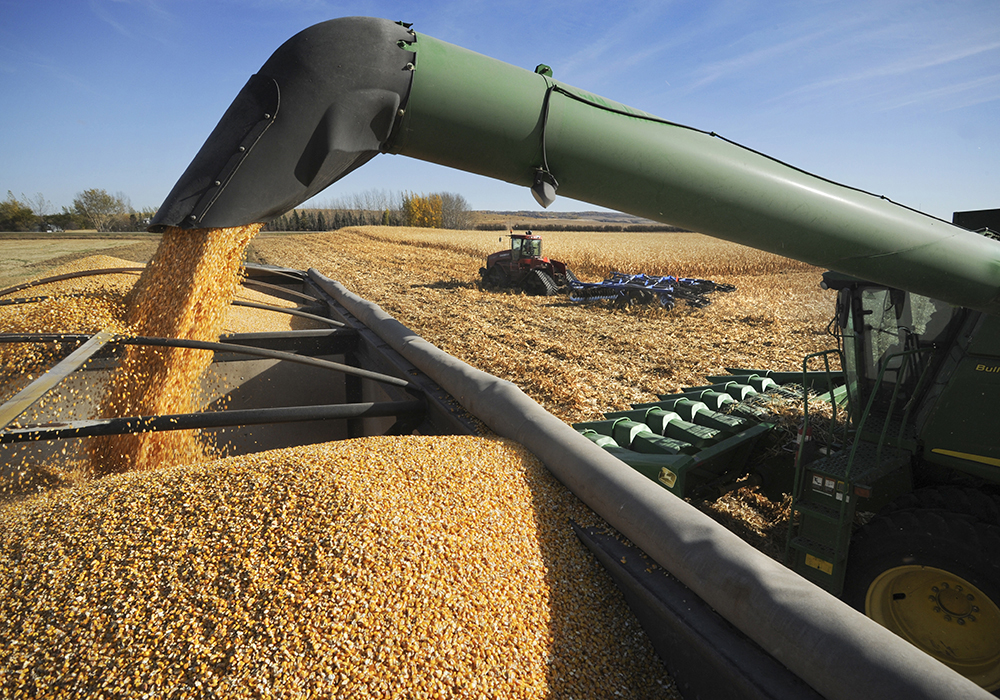The U.S. corn market will once again be the driving force for Canadian feedgrain prices in 2022-23, says an analyst.
World corn supplies were already tight this winter and then Russia invaded Ukraine and the U.S. Department of Agriculture issued a report calling for reduced corn acres.
That has set the stage for a “possibly explosive” corn market if there are any weather issues, said LeftField Commodity Research analyst Jonathon Driedger.
Read Also

Canadian Food Inspection Agency red tape changes a first step: agriculture
Farm groups say they’re happy to see action on Canada’s federal regulatory red tape, but there’s still a lot of streamlining left to be done
“The market is already on edge before we even get started,” he said during the Alberta Wheat Commission’s Spring Market Update webinar.
Ukraine is a top-four corn exporter. Analysts believe the besieged country may produce only half of a normal crop this year and there are serious questions about how much of that will get exported, he said.
The U.S. Department of Agriculture is forecasting 89.5 million acres of U.S. corn, a four percent drop from last year, which isn’t going to help the world supply situation.
China imported 30 million tonnes of corn in 2021, with much of that coming from Ukraine.
Imports for the first three months of 2022 are running ahead of last year’s pace, so it appears that global demand for the crop will once again be robust.
Nearby corn futures are close to record high levels. Investors are flocking to the commodity as they read reports about rampant food price inflation around the world.
“It’s not just froth. It’s not just a sugar rush,” said Driedger.
“There (are) some real fundamental reasons underneath this market that (are) causing prices to be at the level where we are at today.”
He believes corn and feed wheat are probably the only two crops that have a chance of repeating the staggering price performance of 2021-22, although ultimately that will depend on yields.
LeftField is forecasting a very slight increase in Canadian non-durum wheat acres in 2022. Yields should improve substantially from last year but will remain below the five-year average.
Carryout supplies will be minimal, so there won’t be much of a supply cushion for the crop.
It is much the same situation for barley. LeftField is forecasting 7.6 million acres, a seven percent decline.
Total supplies are forecast at about 10 million tonnes, an improvement from last year’s drought-reduced crop but well below the 12 million tonnes available in 2020-21.
A strong export pull is expected to keep the market tight. Canada’s feed barley exports have been surprisingly robust in 2021-22, thanks to China.
That feed barley vacuum created an unusually strong domestic market for feed wheat in Canada. Usage was a record-high 3.5 million tonnes in the August-December period despite prices rivalling milling wheat in southern Alberta and Manitoba’s Red River Valley.
Livestock producers in Western Canada are also expected to import 4.5 million tonnes of U.S. corn in 2021-22 compared to much less than one million tonnes in most years.
Driedger said feed wheat prices will be firm in 2022-23 and could rival this year’s levels, depending on Canadian yields and what happens in the U.S. corn market.
Contact sean.pratt@producer.com
















